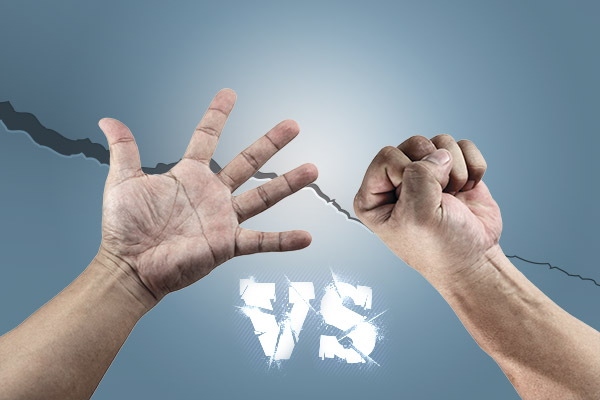

For example use thick soled diving booties on some dives and use neoprene socks on other dives. This results in a less efficient kick and slower speed through the water.Ĭhangeable Foot Size (score = 5/6): You should be able to easily use the adjustable straps to make up for small changes in foot sizes. Much of the power is lost as the fin isn’t tightly wrapped around the back arches of your foot. So when you kick, there is much weaker power transference. Thrust (score = 3/6): Open heel freediving fins do not fully enclose around your feet. To the right you’ll see a diagram I made rating each feature of open heel fins. The front of your foot is completely enclosed while the back of your foot is secured by an adjustable strap. Open-heel freediving fins wrap only partially around your feet. Open heel freediving fins Open heel fins are great for recreational divers. Open heel or closed heel? Let’s find out.

In this post, I’m going to help you decide what fin heel to use for freediving. This is especially true if you’re new to freediving and overwhelmed with all the different information out there. Updated 31st August 2017.Deciding between open heel vs closed heel fins isn’t as straight forward as you’d think. Corbett: « The Rhetoric of the Open Hand and the Rhetoric of the Closed Fist« 253-254)įor some historical background information on these two symbols, see the following article: But is there any doubt that the one we must need to recover today, both to be true to our Lord and to gain the key to reach the hearts and minds of our post-Christian generation, is the way of the heart of love that reaches out to persuade with an open hand? (pp. They are both essential parts of persuasion. We may each be better at one than the other, but we must never make the mistake of finally choosing one over the other. Today, as then, both approaches to Christian advocacy are necessary, and both are fruitful. Expressing the love and compassion of Jesus, and using eloquence, creativity, imagination, humor and irony, open-hand apologetics had the task of helping to pry open hearts and minds that, for a thousand reasons, had long grown resistant to God’s great grace, so that it could shine like the sun. The other symbol was the open hand. This represented the persuasoria, the positive side of apologetics that used all the highest strengths of human creativity in the defense of truth. Paul: ‘We are destroying speculations and every lofty thing raised up against the knowledge of God, and we are taking every thought captive to the obedience of Christ» (2 Cor 10:5). Mustering all the power of reasons, logic, evidence and argument, closed-fist apologetics had the task of answering every question, countering every objection, and dismantling false objections to the faith and to knowing God. The represented the dissuasoria, the negative side of apologetics that used all the higher strengths of human reason in defense of truth. In the earlier days of the Church there were two symbols for the art of Christian advocay, which had come down from ancient practices in law and rhetoric. In his excellent book Fool’s Talk: Recovering the Art of Christian Persuasion (2015), eminent evangelical sociologist, social critic and apologist Os Guinness insightfully describes Christian apologetics as being both ‘the way of the closed fist’ and ‘the way of the open hand’:


 0 kommentar(er)
0 kommentar(er)
